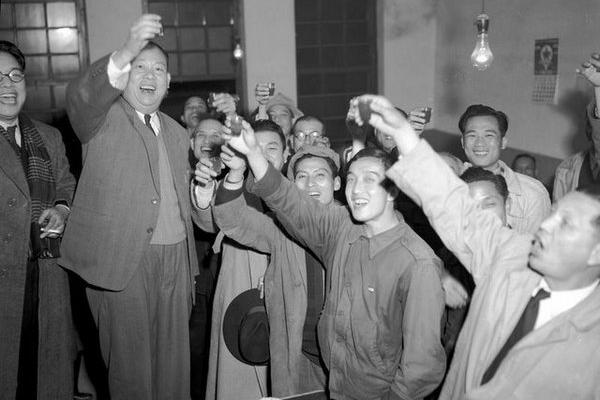Building the Post-1949 State in China and Taiwan: Bureaucratic, Campaign, and Performative Modalities of Policy Implementation

By the late 1950s, the People's Republic of China (PRC) and Republic of China (ROC) stood as exemplars of success for both "revolutionary" and "conservative" variants of the modern state. However, in 1949, these two regimes had an overlooked yet substantial amount in common in structure and state building agendas. Both were highly militarized Leninist single party states that needed to simultaneously create effective state institutions, dispatch political enemies, establish the prerequisites for the modernization of the economy, and mobilize support in areas where their connections to local society were weak to non-existent. Juxtaposing the PRC in Sunan (Southern Jiangsu) with the ROC in Taiwan illustrates that each relied on a mix of bureaucratic and campaign modalities to implement policies deemed essential to state building - dispatching enemies of the state, and implementing land reform. However, public campaign performance pointed to key differences in their core values, self-representation, and attempts to generate legitimacy. In Sunan, campaigns were deployed in a highly public way that erased intermediary organizations, encouraged violent "high tides," and required a mobilized public to emotionally merge with the state. Conversely, Taiwan implemented and justified campaigns in a manner that stressed law, procedure, and gradualist technocracy. These modalities of policy implementation structured state building long after the early years of regime consolidation.






